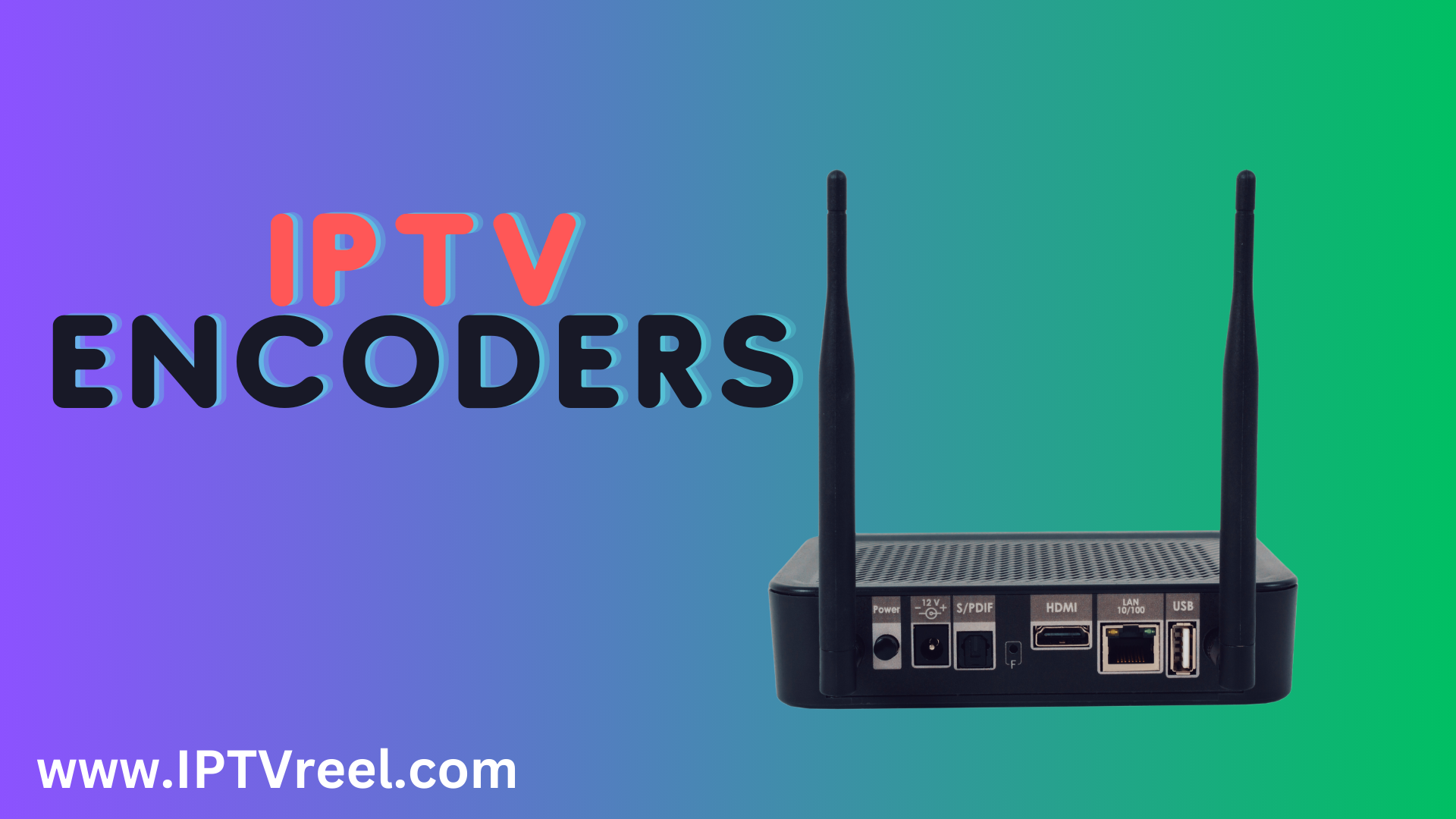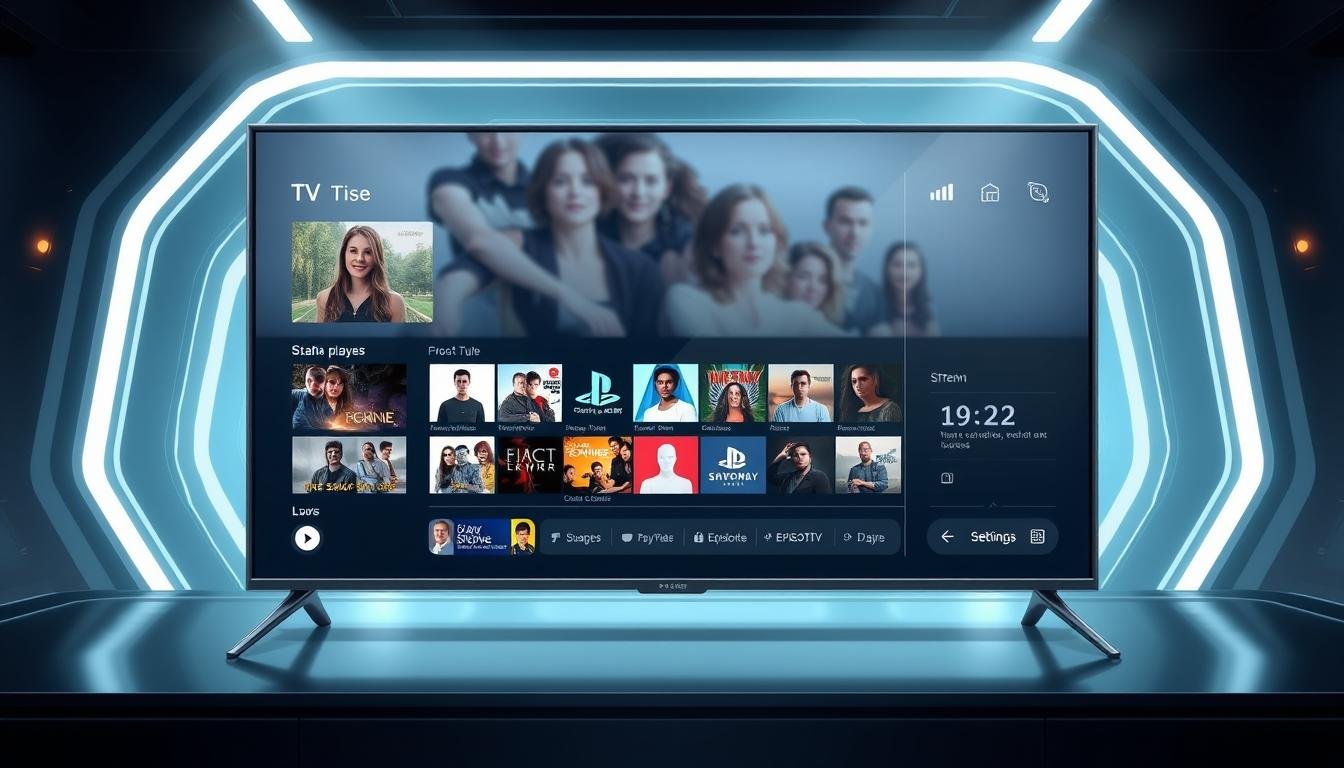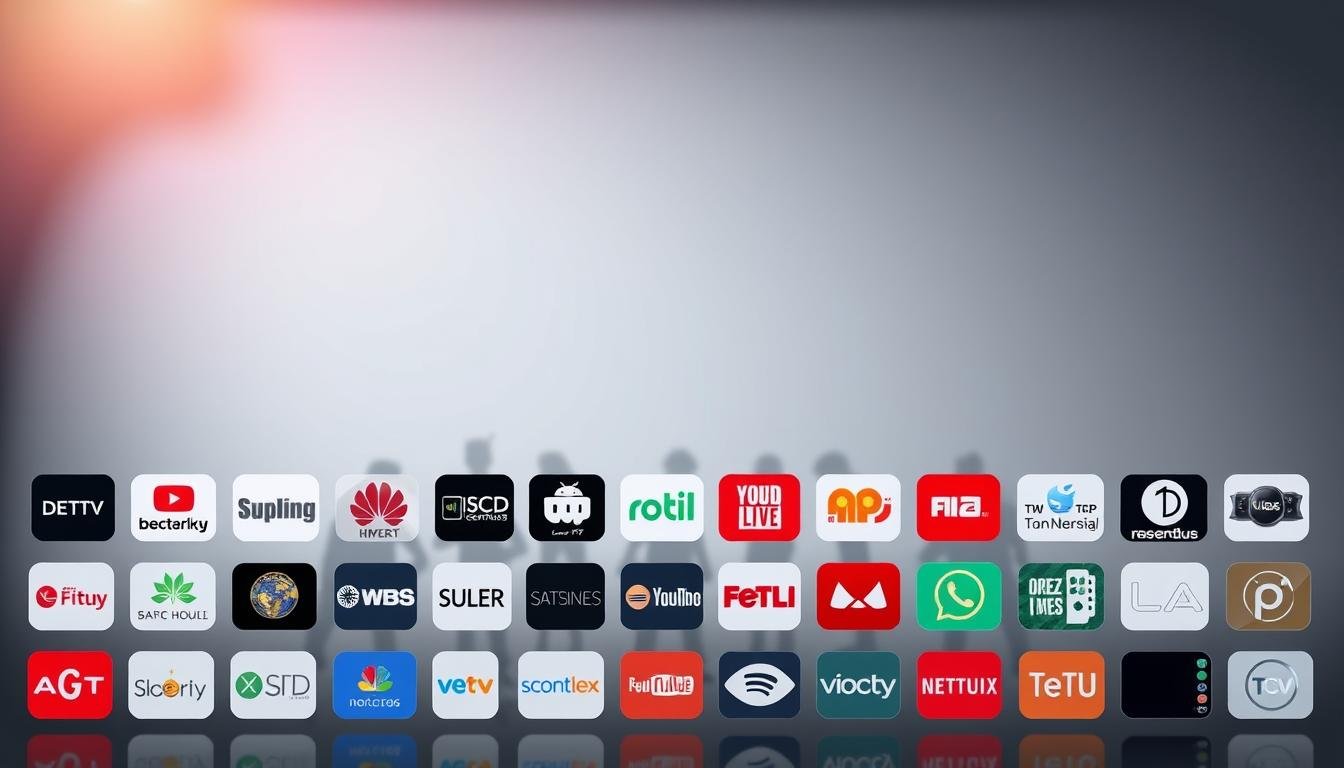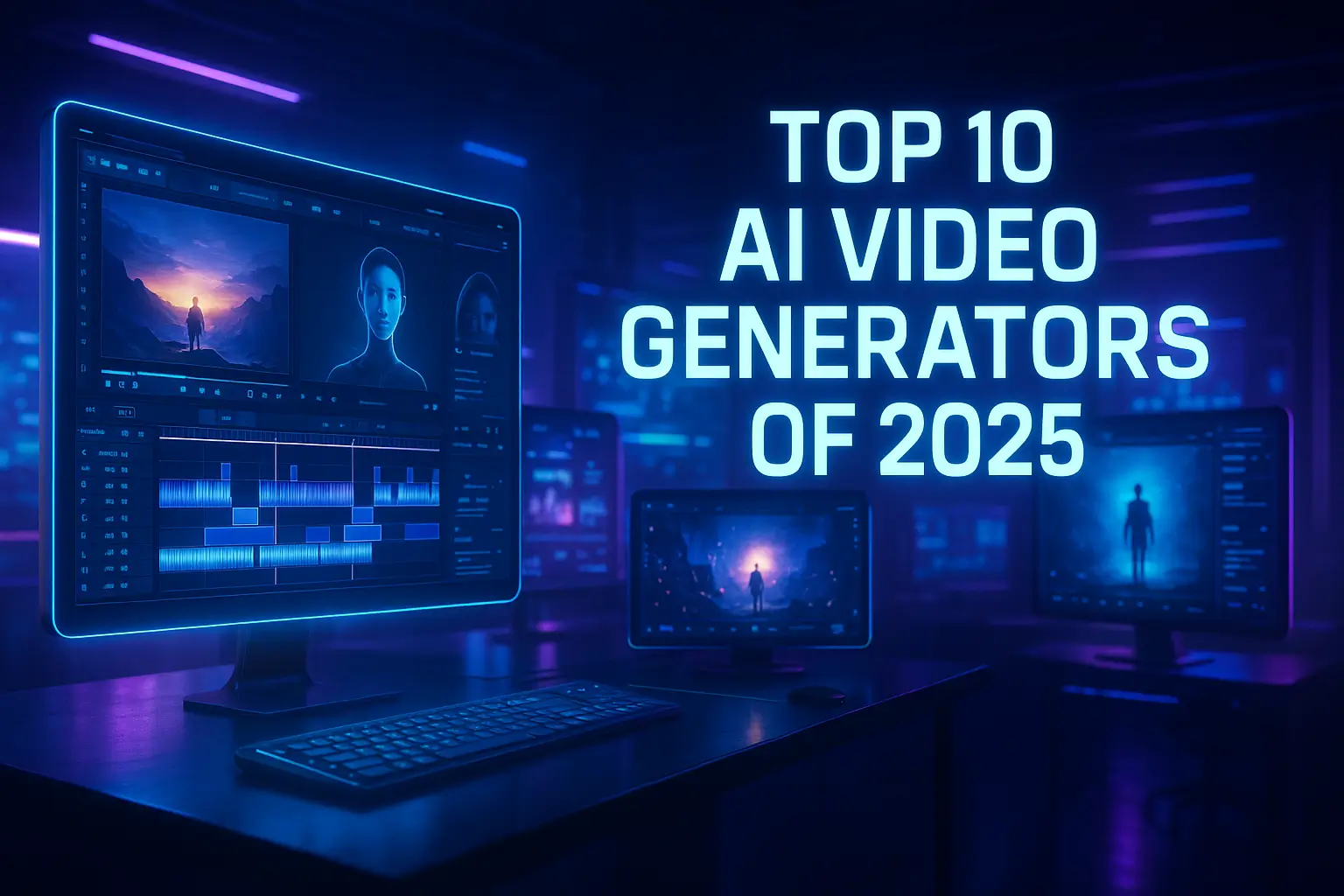Table of Contents
ToggleWelcome to the dynamic realm of IPTV encoders, where innovation converges with broadcasting to redefine the landscape of content delivery. IPTV encoders, hailed as the backbone of modern broadcasting, wield the power to transform traditional video signals into digital data streams, revolutionizing how content is disseminated and consumed. This introductory segment embarks on an exploration of the profound influence that IPTV encoding exerts on the broadcasting industry. From decoding the intricacies of encoding techniques to unravelling the implications for broadcasters and viewers alike, this journey delves deep into the heart of IPTV technology. Prepare to embark on an enlightening voyage into the multifaceted world of IPTV encoders, where every pixel and byte holds the potential to reshape the future of broadcasting.
Understanding IPTV Encoders
In the realm of broadcasting, IPTV encoders stand as the unsung heroes, orchestrating the transformation of traditional video signals into digital data streams. But what exactly are IPTV encoders, and what sorcery do they wield? At their core, IPTV encoders are sophisticated devices tasked with compressing and encoding audio-visual content into formats compatible with Internet Protocol (IP) networks. Through the magic of algorithms like H.264 and H.265 (HEVC), they optimize data transmission while preserving picture quality. Yet, the journey of IPTV encoding technology is far from static.
The Evolution of IPTV Encoding Technology
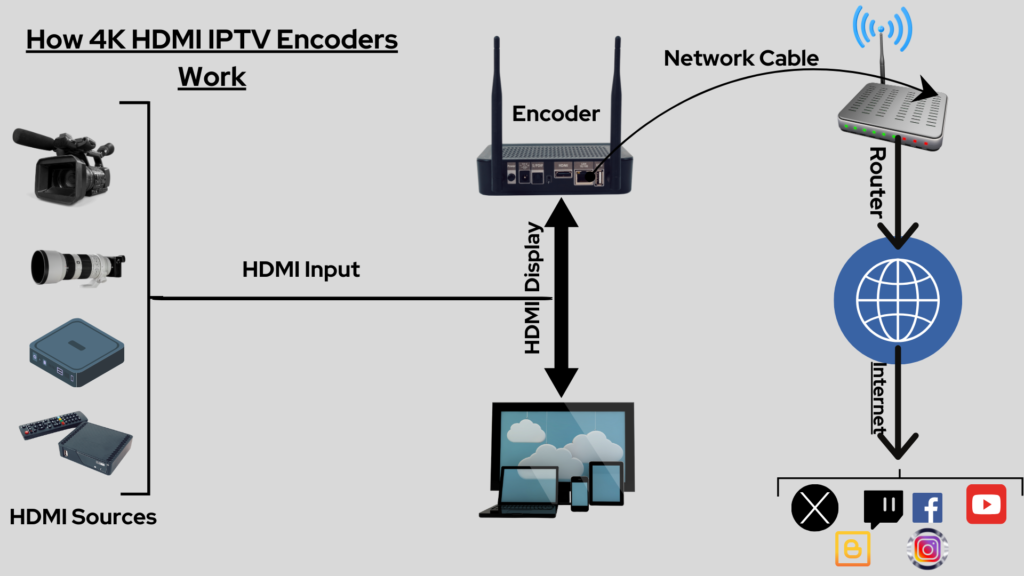
As demands for higher resolutions and faster streaming escalate, the evolution of IPTV encoding marches onward. From the infancy of MPEG-2 to the current landscape dominated by H.265 (HEVC), the relentless pursuit of efficiency and quality defines the trajectory of IPTV encoding technology. As we delve deeper into the workings of IPTV encoders, we uncover not just machines but the evolution of a fundamental aspect of modern broadcasting.
Choosing the Right IPTV Encoders
Selecting the perfect IPTV Encoder can be akin to finding a needle in a haystack, yet understanding key factors can streamline this daunting process. Firstly, assess your specific requirements, whether it’s an HDMI IPTV Encoder for seamless connectivity or a 4K IPTV Encoder for ultra-high-definition content delivery. Consider the encoding capabilities, especially if you’re eyeing the HEVC IPTV Encoder for efficient compression. If your setup demands versatility, explore options like the Sdi IPTV encoder, which is ideal for professional broadcasting environments. Delve into the intricacies of IPTV Encoder HD to ensure compatibility with your existing infrastructure. Whether you’re aiming for an IPTV HD Encoder to elevate visual quality or seeking robust features, a thorough evaluation is paramount. By weighing factors like connectivity, resolution support, and encoding efficiency, you pave the way for an informed decision, ensuring your broadcasting endeavours soar to new heights.
Setting Up Your IPTV Encoder System
Embarking on the journey of setting up your IPTV Encoder system requires meticulous planning and precise execution. Begin by envisioning your broadcasting setup and identifying the key components needed to bring your content to life. Assess whether an HDMI IPTV Encoder aligns with your connectivity requirements or if a 4K IPTV Encoder is essential for delivering top-notch visual experiences. Delve into the realm of hevc IPTV Encoder, exploring its efficiency in data compression for optimized streaming. If professional-grade broadcasting is your aim, consider the benefits of a Sdi IPTV encoder for seamless integration into studio environments.
Step-by-Step Installation Guide for IPTV Encoders
1
- This step ensures that your IPTV Encoder is properly connected to both the network for data transmission and a power source for operation.
2
- Before starting the installation process, it's important to have a clear understanding of your broadcasting goals and requirements.
3
- Once the physical connections are in place, you'll need to configure the settings on your IPTV Encoder to ensure it operates smoothly.
4
- This step involves adjusting the settings or configurations of your IPTV Encoder to meet the specific requirements of your broadcasting setup.
5
- Depending on your priorities, you may choose to focus on improving video quality or optimizing the performance of your streaming setup.
By following these meticulous steps, you lay the foundation for a robust and efficient IPTV Encoder system poised to elevate your broadcasting endeavours
Optimizing Performance with Advanced Techniques
Advanced Video Compression Algorithms Explained
In the intricate world of broadcasting, IPTV Encoders are at the forefront of delivering unparalleled visual and auditory experiences. Central to their functionality are Advanced Video Compression Algorithms, such as hevc IPTV Encoder, which work tirelessly behind the scenes to compress data without compromising quality. These algorithms meticulously analyze video frames, employing sophisticated techniques like motion estimation and intra-frame prediction to minimize redundant information. By harnessing the power of hevc IPTV Encoder, broadcasters can transmit high-resolution content efficiently, even in bandwidth-constrained environments.
Techniques for Maximizing Video and Audio Quality
Optimizing performance extends beyond video compression. Techniques for maximizing Video and Audio Quality involve fine-tuning encoding parameters, such as bitrate allocation and encoding profiles. With an IPTV HD Encoder, broadcasters can achieve pristine audio fidelity and crystal-clear visuals, captivating audiences with immersive viewing experiences. By implementing these advanced techniques, broadcasters elevate their content to new heights, setting a benchmark for excellence in the broadcasting industry.
Integration and User Experience

Integrating IPTV Encoders with Content Management Systems
Seamless Integration of IPTV Encoders with Content Management Systems (CMS) is paramount in modern broadcasting landscapes. The synergy between an IPTV Encoder and a robust CMS streamlines content distribution workflows, facilitating efficient management and delivery of multimedia assets. Leveraging the capabilities of an HDMI IPTV Encoder or a 4K IPTV Encoder within the CMS ecosystem ensures compatibility with various content formats and resolutions, empowering broadcasters to cater to diverse audience preferences
Enhancing User Experience with Customization and Interactivity
Enhancing User Experience goes beyond mere playback capabilities. Customization features embedded within an IPTV Encoder HD enable broadcasters to tailor the viewing experience according to audience demographics and preferences. Introducing interactivity elements, facilitated by an SDI IPTV encoder, transforms passive viewers into active participants, fostering engagement and loyalty. By amalgamating cutting-edge technology with user-centric design principles, broadcasters can craft immersive viewing experiences that captivate audiences and set new standards for excellence in the broadcasting realm.
Future Trends and Challenges
Emerging Technologies and Innovations in IPTV Encoding
The landscape of IPTV Encoding is ever-evolving, marked by the continuous emergence of groundbreaking technologies and innovations. From the advent of 4K IPTV Encoders to the refinement of hevc IPTV Encoder algorithms, the future promises even greater strides in encoding efficiency and video quality. Moreover, the integration of sdi IPTV encoder capabilities with cloud-based solutions heralds a paradigm shift in broadcasting infrastructure, offering scalability and flexibility unmatched by traditional setups.
Overcoming Challenges and Navigating Future Trends in IPTV Encoding
Amidst these advancements lie challenges that must be navigated with finesse. Bandwidth constraints continue to pose a significant hurdle, particularly with the proliferation of high-definition content. Additionally, ensuring compatibility across a myriad of devices and platforms remains a pressing concern for broadcasters. Yet, with innovative solutions and strategic foresight, these challenges can be overcome, paving the way for a future where IPTV Encoders redefine the boundaries of broadcasting excellence.
Conclusion
In conclusion, the journey through the realm of IPTV Encoders has unveiled a myriad of insights and opportunities. From the versatility of 4K IPTV Encoders to the intricacies of encoding algorithms, broadcasters are equipped with the tools to revolutionize content delivery. By recapitulating key takeaways, such as the importance of bandwidth optimization and the role of advanced compression techniques, broadcasters can chart a course towards success. Looking forward, harnessing the full potential of IPTV Encoders entails embracing innovation and staying abreast of emerging trends. With a forward-thinking approach and a commitment to excellence, broadcasters can leverage IPTV Encoders to shape the future of broadcasting and captivate audiences worldwide.


